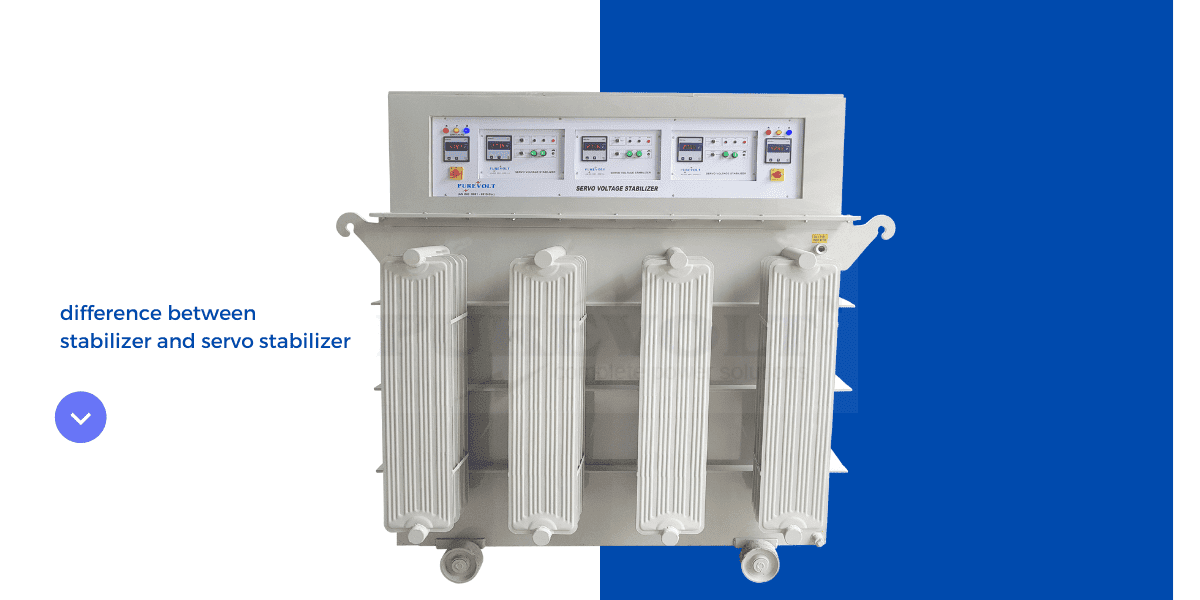Our world revolves around electricity and electrical appliances. We cannot imagine our life without it in 2022, but with this electrical environment, it is necessary to ensure that they are safe.
This can be done by investing in stabilizers or servo stabilizers, technologically advanced device that keeps the track of all your electrical equipment.
In countries like India, where light fluctuation is routine and short circuits are part of life, stabilizer and servo stabilizer are a must. It only safeguards your power conditioning tool but also ensures that they survive for a long, without giving you any tension of unwanted expansion on them.
Though there are various kinds of stabilizers available in the market, the most prominent which are high in demand currently are static stabilizers and servo stabilizers.
Both have their own features and benefits and cater to different types of needs.
If you are someone who wants to understand the differences and importance of static and servo stabilizers, then this blog is for you!
We will tell you the uniqueness and differences between both stabilizers.
Differences between Stabilizer and Servo Stabilizer are as follows:
1) Working Principle
Servo stabilizer works on the principle of servo mechanism.
The clockwise and anticlockwise mechanism prevents voltage imbalance and makes electrical equipment last for a long. Whereas static stabilizer works on electrical function and regulates voltage control.
2) Reliability
Both servo and static stabilizers are reliable in their own ways.
Servo stabilizers have an autotransformer that increases or decreases the voltage as per the primary and secondary windings.
It maintains the voltage at a certain level and protects the electrical equipment from any serious damage. Static stabilizer reliability is based on the IGBT power stage.
3) Protection Level
The static stabilizers have digital medium detectors which showcase the voltage and correct or maintain it at a certain level automatically.
It avoids short circuits and other electrical risks, whereas servo stabilizer requires MCB and MCCB to keep the voltage under the desired control.
Hence static stabilizers have more control over protection than servo stabilizers.
4) Sound
Servo stabilizers are much noisier as compared to static stabilizers. Static stabilizers are more silent in nature. Static stabilizers are preferable for indoor and outdoor use. It is necessary to check the range and medium of the sound stabilizer creates while working.
5) Size
When it comes to size, static stabilizers are much more compact and light in weight as compared to servo stabilizers.
6) Maintenance
Any stabilizer requires proper maintenance and care!
But while being specific, static stabilizer doesn’t have moving parts and hence it is easy to maintain. Whereas servo stabilizers have servo motors and shafts that keep moving and undergo wear and tear.
Hence do not forget to maintain your stabilizers frequently.
The above points of differences might have given you a brief idea about static and servo stabilizers.
The decision is yours which fits your requirement best, think and plan your investment thoroughly before buying the stabilizer.

